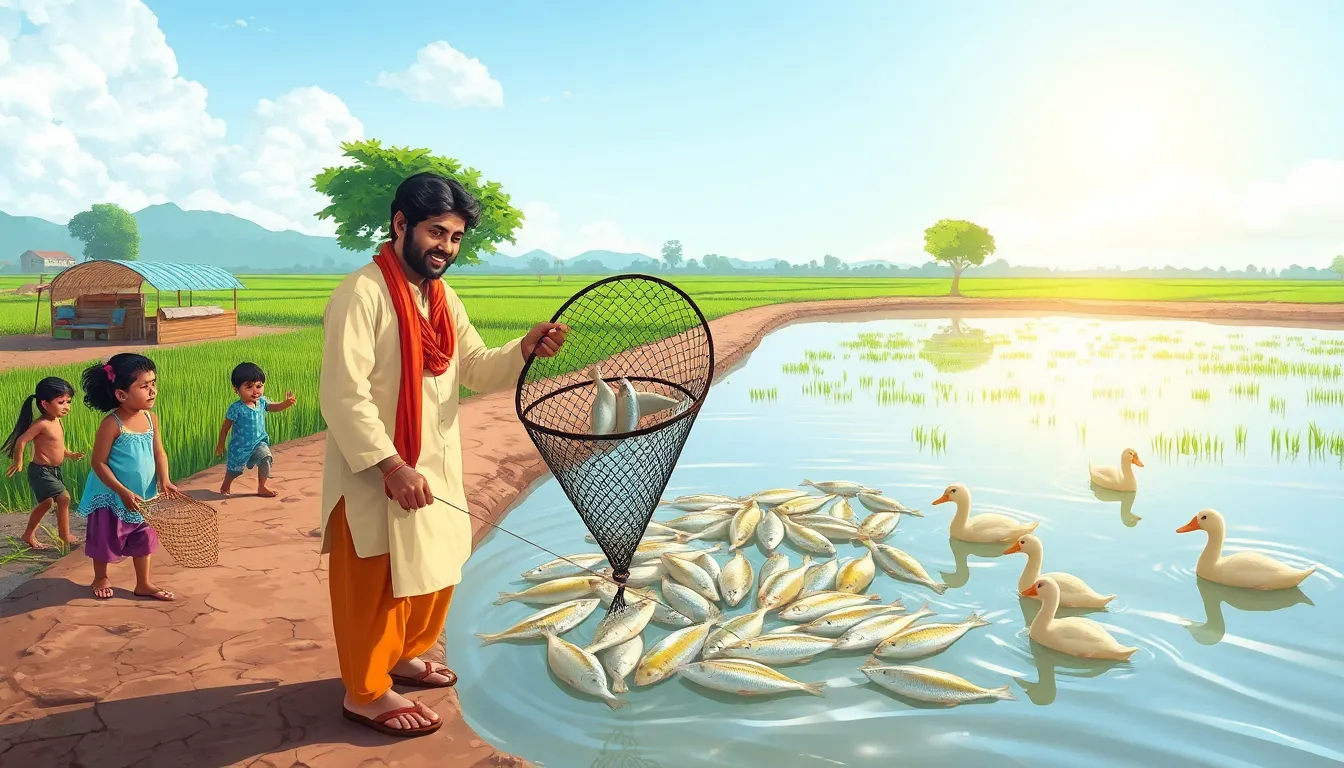Asian seabass, also known as barramundi, is a fast-growing fish that is very popular among farmers. This fish can thrive in freshwater, brackish, and seawater. It has a high market value, grows quickly, and has good survival rates. These features make it an ideal choice for Indian farmers looking to invest in aquaculture. In just 10 to 12 months, it can reach a weight of around 1 kg.
Seabass (Lates calcarifer) is an important food fish found in tropical and sub-tropical regions of Asia and the Pacific. It is a carnivorous fish but can be trained to eat formulated diets. This fish can tolerate different salinities, from freshwater to full seawater. Generally, seabass grows better in low salinity environments (10-20 ppt).
For effective farming, a nursery phase is required before the grow-out stage. This nursery phase allows the fish to be sorted and sized to reduce competition for food and space, which helps control cannibalism. In the nursery phase, survival rates can be as high as 96%.
Farmers should procure seabass breeders weighing between 2-8 kg, ideally maintaining a sex ratio of 1 female to 2 males. The spawning process involves injecting the fish with a hormone solution to induce spawning. The fish will typically spawn two nights after this injection.
The fry can be raised in various systems, including earthen ponds, land-based tanks, or net cages. In concrete nursery tanks, fish are weaned onto formulated diets. They are fed every two hours and size-graded every 5-7 days. After about 30 days, they can be harvested or transferred when they reach a size of 2.5-3.0 cm.
In the next phase, juvenile seabass are fed fish bycatch or formulated feed multiple times a day until they reach an ideal weight of 20-50 g. This stage can also be done in concrete tanks or cages. Seabass can reach a marketable size of 300-600 g in about 4-7 months.
The financial potential of seabass farming is significant. Many farmers have engaged in cage culture, with thousands of hectares dedicated to intensive pond production. However, the industry faces challenges, including the rising costs of feed and the need for better organization and marketing strategies.
A major issue in aquaculture is the availability of quality feed. Currently, many farms rely on trash fish, which can be expensive and limited in supply. There is a pressing need to find affordable alternatives or improve artificial feeds for better nutrition.
Despite these challenges, the prospect for seabass farming remains bright. With proper management and techniques, farmers can achieve high yields. The demand for seabass in fine dining establishments adds to its market value, making it an attractive option for aquaculture.
As with any farming venture, local conditions, water quality, and environmental impacts must be considered. Sustainable practices are essential for the long-term success of seabass farming. By focusing on these aspects, farmers can enhance productivity and profitability in the aquaculture sector. Overall, Asian seabass farming offers a promising opportunity for farmers in India and beyond, provided they implement best practices and address the challenges effectively.

